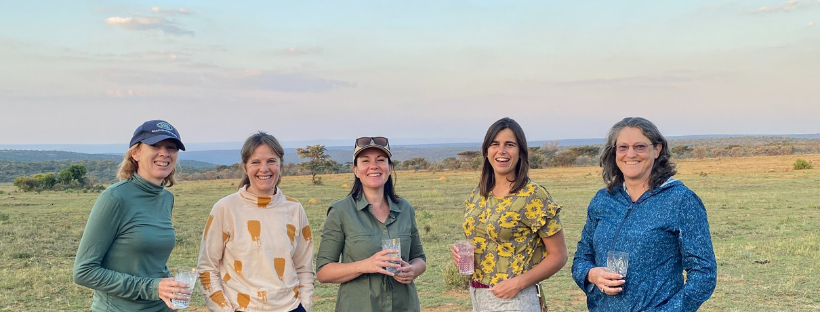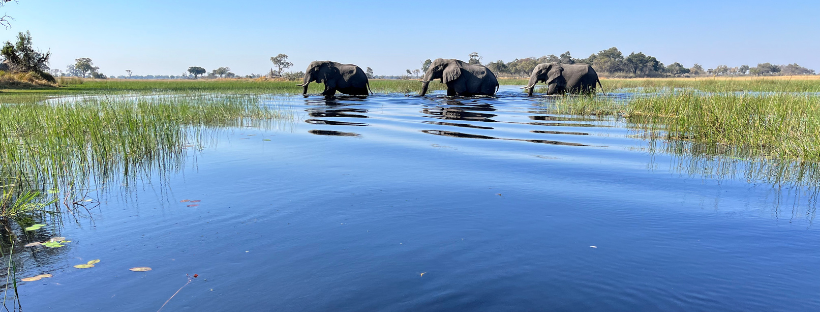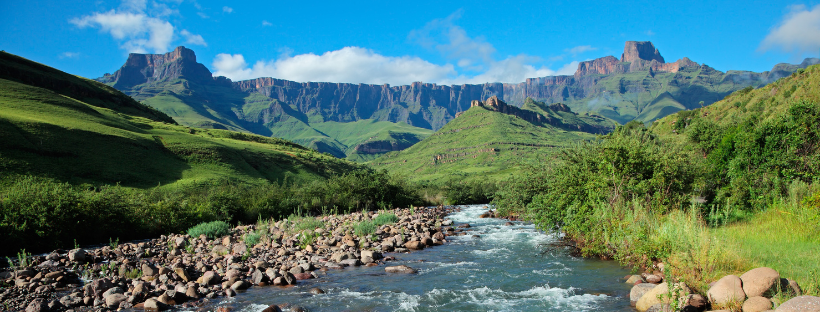Adventure in Africa: Gorilla trekking and snorkelling the Sardine Run
Incredible wildlife encounters are not limited to traditional safaris. Here are two bucket-list African experiences for the more adventurous soul.
Experience the underwater spectacle of the Sardine Run
Each year, around June and July, an upswelling of cold water creates a corridor and drives masses of sardines north along South Africa’s east coast towards Mozambique and the warmer Indian Ocean. The fish, in turn, draw a host of oceanic predators like sharks, thousands of dolphins and gamefish. Seabirds like Cape gannets also join in the fray and can be seen tucking in their wings and dive bombing from 30m above the water’s surface and submerging themselves up to 10m deep to scoop up sardines in their beaks. This combined with the annual migration of humpback whales causes the sea to come alive.
One of the best places to experience this phenomenon is by boat from Port St Johns, a small coastal village in Pondoland on South Africa’s Wild Coast. While fairly remote it’s also not difficult to reach, with flights between Johannesburg and Mthatha and shuttles from Mthatha to Port St John’s, 90km away. Port St Johns also has its own airstrip on top of Mount Theisger for small aircraft.
While you need to be a confident swimmer and comfortable in the open ocean swimming with dolphins, whales and possibly sharks, you don’t need a scuba qualification to enjoy this underwater extravaganza. In most cases, bait balls of sardines don’t remain intact for long enough to warrant kitting up with scuba gear. The quickest way to be part of the action is to don your mask and fins and slide overboard into a magical world of swirling sardines and dolphin clicks and calls.

Trek to see Congo’s lowland gorillas
Odzala-Kokoua National Park is arguably the best place to view western lowland gorillas. Besides being known for its successful conservation of these apes, Odzala is home to over 440 bird species, forest elephants, the beautiful bongo antelope and offers a sanctuary for spotted hyena (which are rare in these parts).
Odzala-Kokoua National Park is situated in the small nation of the Republic of Congo, also known as Congo-Brazzaville (not to be confused with the Democratic Republic of Congo). Here, you’ll trek through thick vegetation under a closed rainforest canopy behind your guide as you search for these large primates. You could get muddy and even wet as you make your way through the jungle but it’ll all be worth it when you happen upon a family of gorillas and watch playful interactions between these gentle yet powerful apes in their forest home.
While you can trek here all year round, the drier seasons are June to September and December to February.

Photos of the Congo are courtesy of Congo Conservation Company and Classic Portfolio.
Happy travelling,
The Leopard Team
P.S. Please feel free to ask us any questions you have around gorilla trekking in Congo or South Africa’s Sardine Run.
Sign up for more newsletters like this here: https://mailchi.mp/2e4afa50d15f/leopard


































